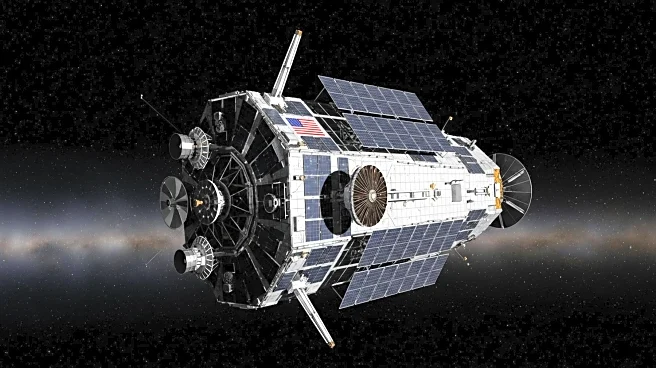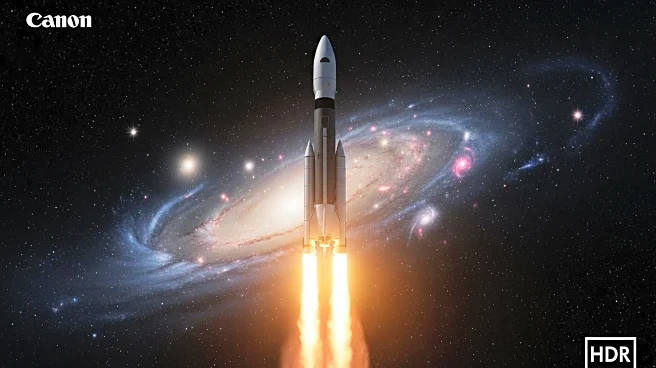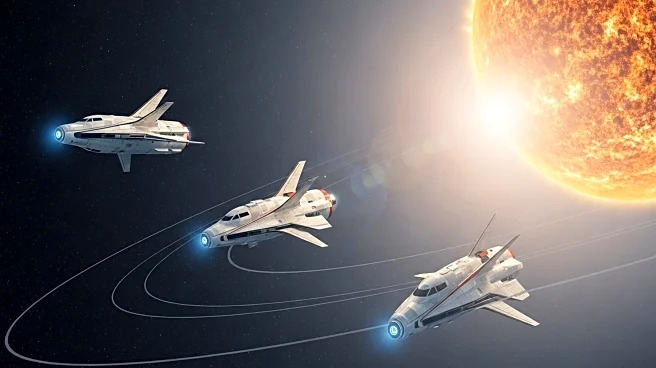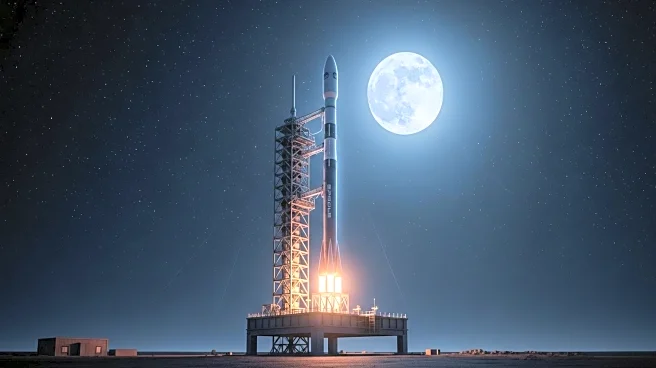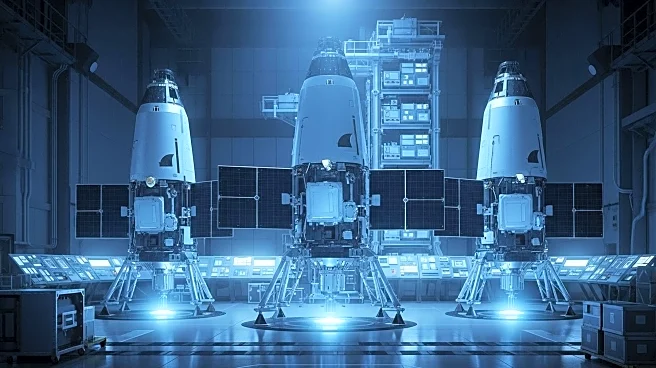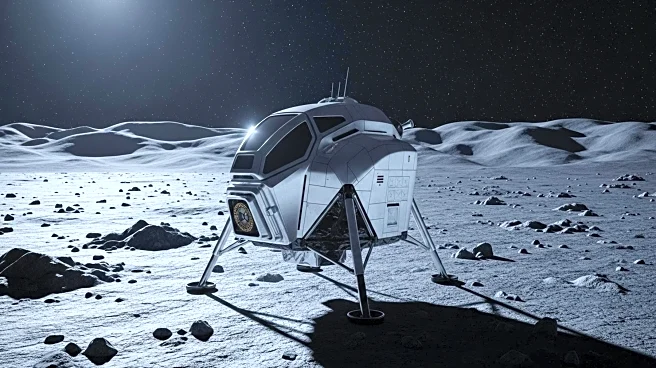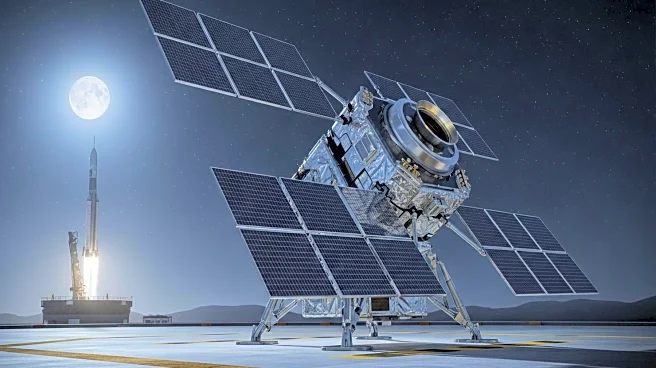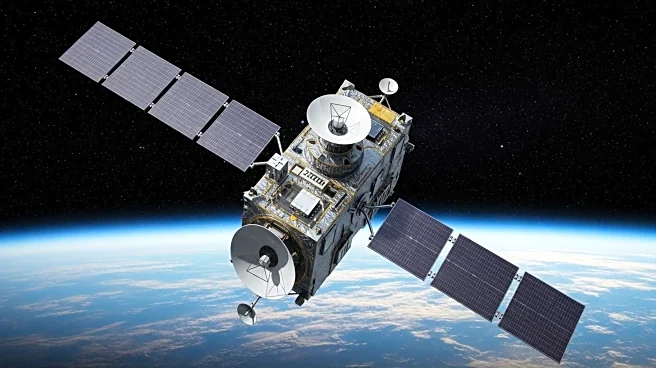What's Happening?
NASA is set to launch the Interstellar Mapping and Acceleration Probe (IMAP) mission on September 24, 2025, aiming to study the heliosphere, a vast magnetic bubble created by the Sun that protects the solar system from harmful radiation. The IMAP spacecraft, equipped with 10 science instruments, will travel to the Lagrange point (L1), approximately one million miles from Earth, to analyze the interactions between solar wind and interstellar space. The mission builds on the legacy of previous missions like Voyager and the Interstellar Boundary Explorer (IBEX), providing more precise mapping of the heliosphere's boundary.
Why It's Important?
Understanding the heliosphere is crucial for space exploration and protecting Earth from cosmic radiation. The IMAP mission will enhance real-time observations of solar wind and energetic particles, offering approximately 30 minutes of advance warning for incoming radiation. This is vital for future missions, including NASA's Artemis II mission around the Moon and potential human flights to Mars. The data collected will improve space weather forecasting, benefiting both scientific research and practical applications in space travel.
What's Next?
Following its launch, IMAP will take 108 days to reach its observation point at L1. The mission will provide continuous data on solar activity, aiding in the search for life beyond our solar system. The IMAP Active Link for Real-Time system will broadcast reliable space weather information, enhancing forecasting models. As NASA prepares for future lunar and Martian missions, the insights gained from IMAP will be instrumental in ensuring the safety and success of these endeavors.
Beyond the Headlines
The IMAP mission represents a significant advancement in heliophysics, building on decades of research. It will deepen our understanding of the solar system's protective boundary and its dynamics, potentially influencing future space exploration strategies and technologies. The collaboration between NASA, Princeton University, and international partners highlights the global effort to explore and understand our cosmic environment.

